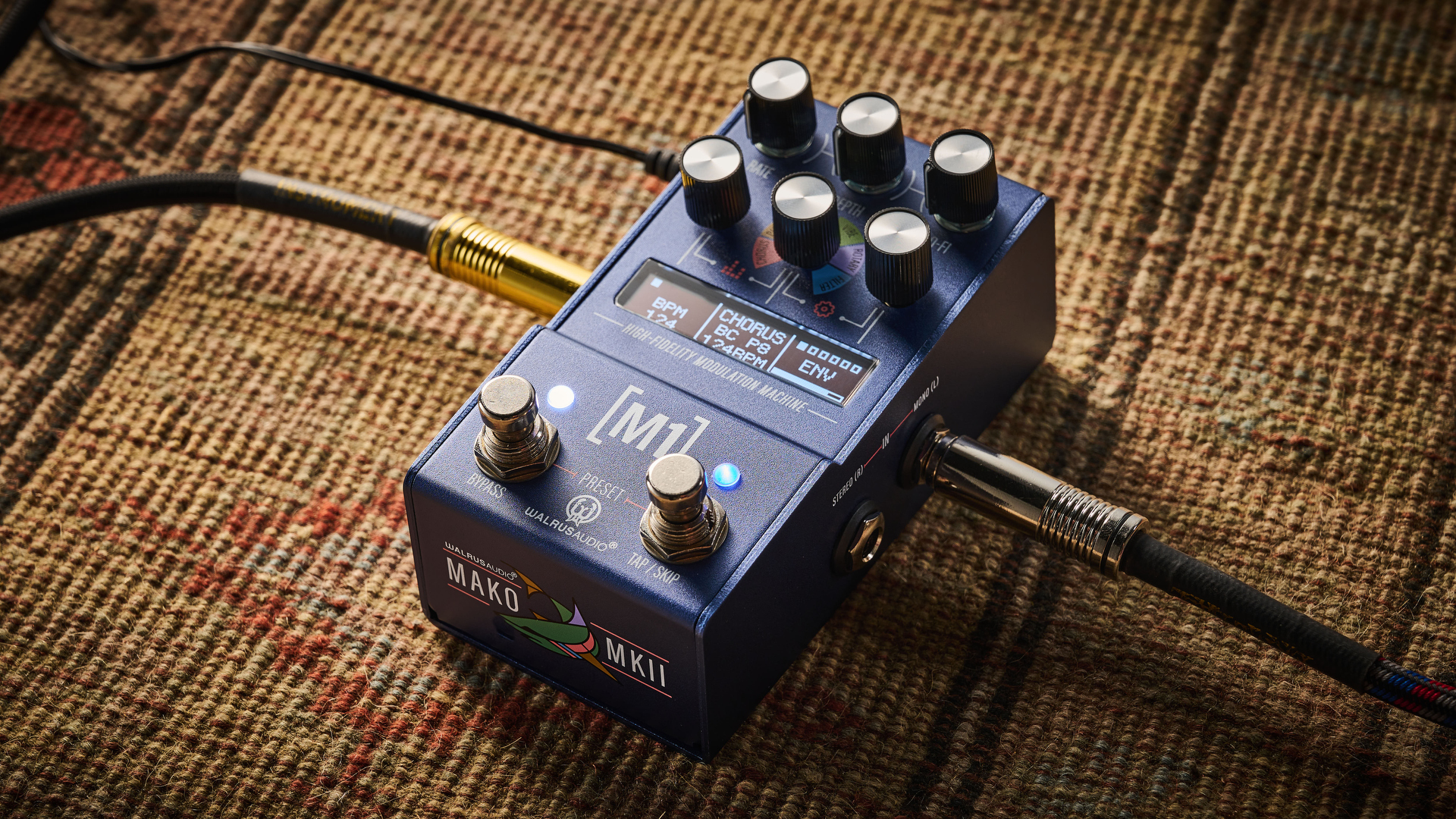
What is it?
Walrus Audio’s Mako Series tests the limits of what is possible with a compact pedal design, and with the M1 MKII High-Fidelity Modulation Machine the Oklahoma-based effects specialist is really swinging for the fences.
Leveraging all the power of DSP at its disposal, Walrus Audio presents us with six “studio-quality” modulation types, presets, and an abundance of options to tweak these sounds.
Accessible via the turn of the dial are chorus, phaser, tremolo, vibrato, rotary and filter, each with three modes. But technically there are more modulation types than just six, when you consider the dual chorus algorithm from the MKI unit has been swapped out for a flanger.
MKII also allows us to precisely control the tempo with a Total BPM Control for its chorus, phaser, tremolo and vibrato effects. There is an internal wet/dry mix, and the rotary and filter algorithms have been redesigned.
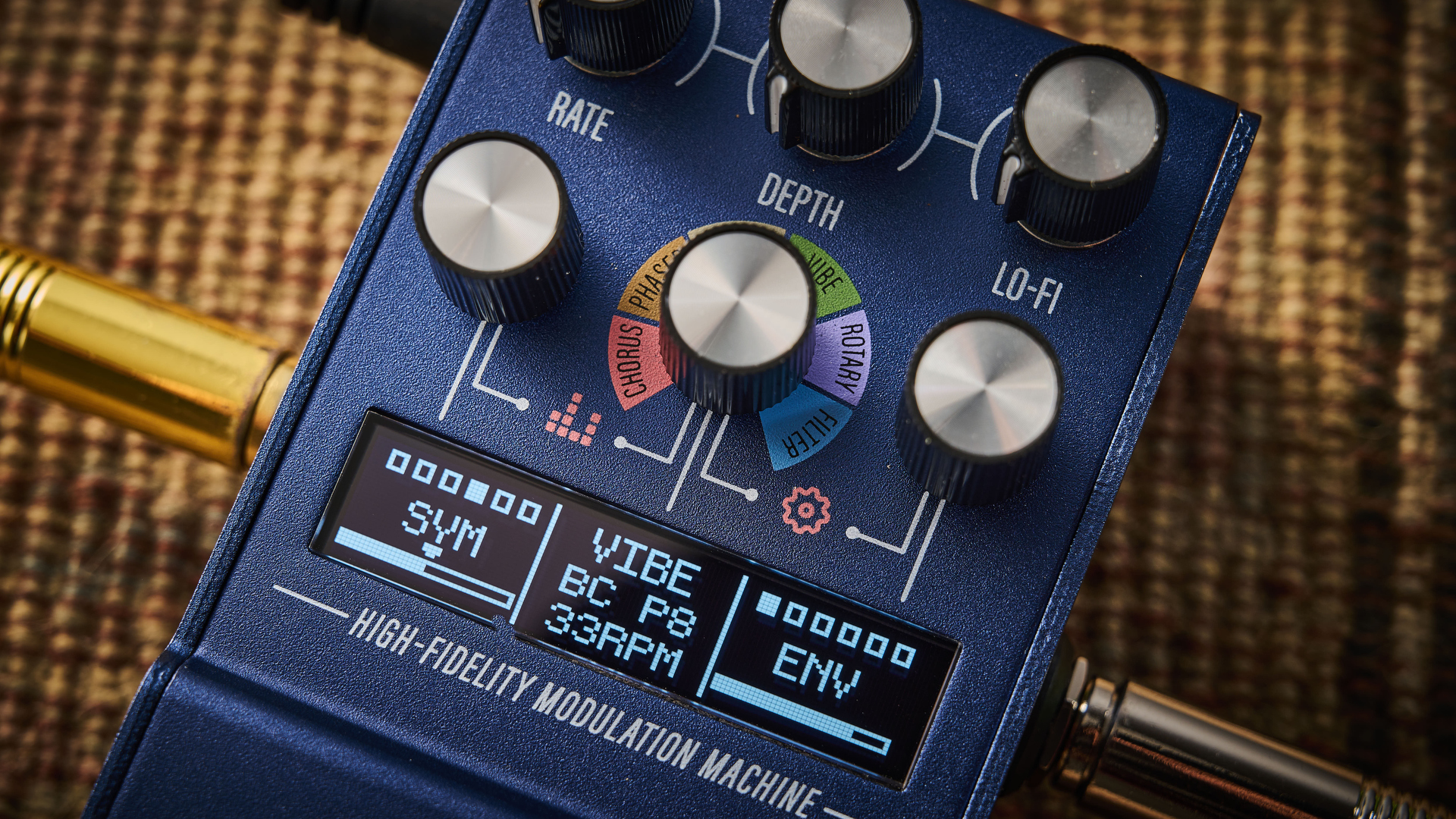
There was a lot going on with the MKI unit. There is a lot going on here. The most obvious difference here is that the pedal now has a 2” OLED display to help players dial in their sound.
Is that enough to be able to get us using this with any degree of confidence without resorting to the manual? Well, let’s see. That’s one of the big questions.
Also, at $399, the M1 MKII is not cheap. It costs more than, say, the IK Multimedia TONEX pedal. Does it have the sounds to carve out a niche in a market that’s becoming increasingly crowded with high-powered digital multi-effects, amp modelers with all mod cons?
Specs
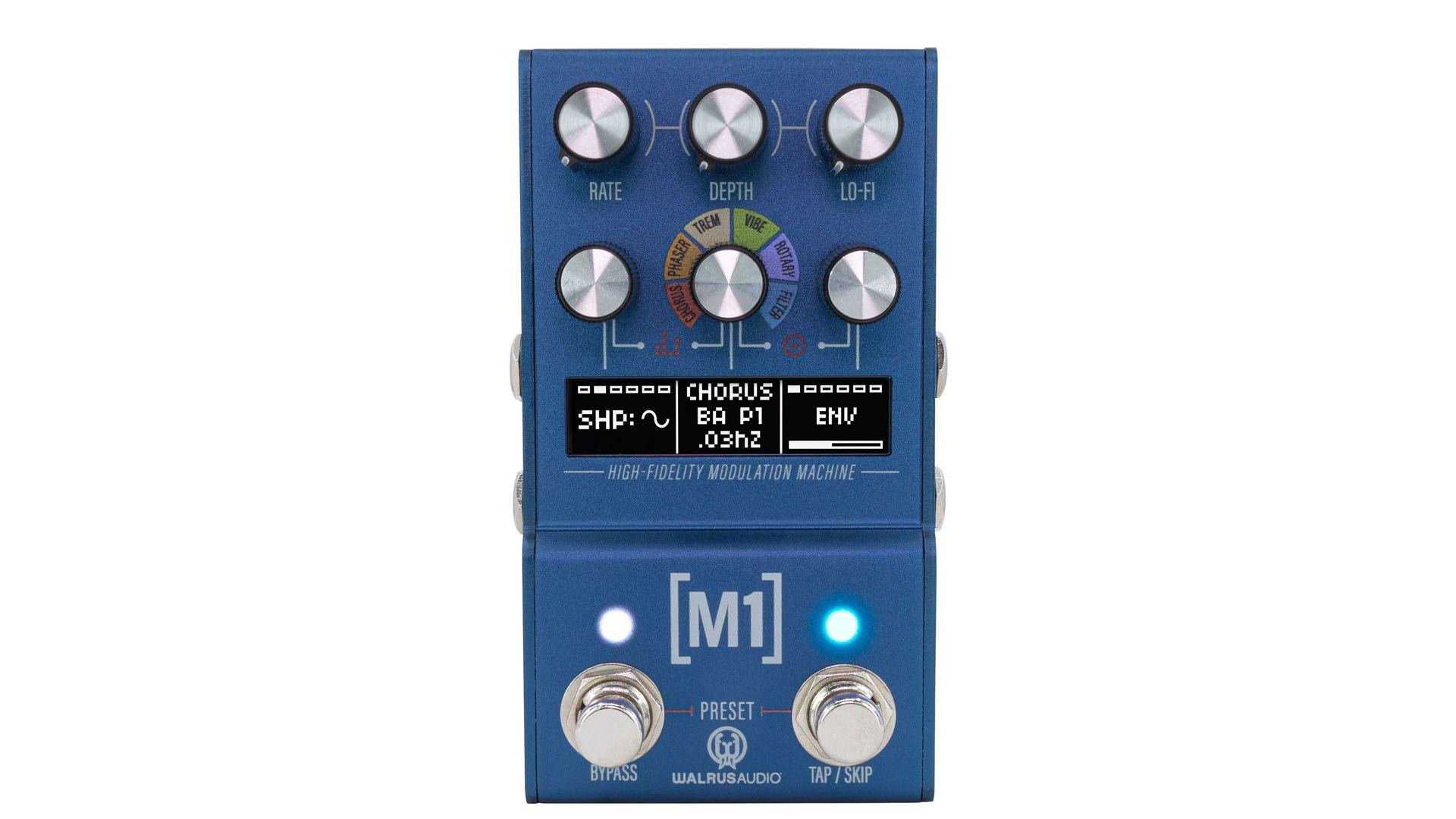
Launch price: $399/£379/€449
Type: Digital modulation pedal featuring six programs
Controls: Rate, Depth, Lo-Fi, effect select encoder, effect program parameter encoder, lo-fi parameter encoder
Features: Chorus, phaser, tremolo, vibrato, rotary, and filter, each with three different variations (chorus has a flanger mode), Total BPM and tap tempo control, Lo-fi noise and textures, selectable wave shapes, rhythmic subdivisions, 9 onboard presets, 128 when connected via MIDI, stereo/mono operation, wet/dry mix (in global preferences), 2" OLED display screen,
Connectivity: 2x 1/4" inputs and 2x 1/4" outputs for Mono in / Mono Out, Mono In / Stereo Out, and Stereo In / Stereo Out operation, 1/8” MIDI IN and THRU, USB-C
Bypass: Relay, buffered (switchable)
Power: 9V, 300mA
Dimensions: WxHxD 125 x 67 x 64mm
Weight: 12.7oz/0.36 kg
Options: None
Contact: Walrus Audio
Build quality
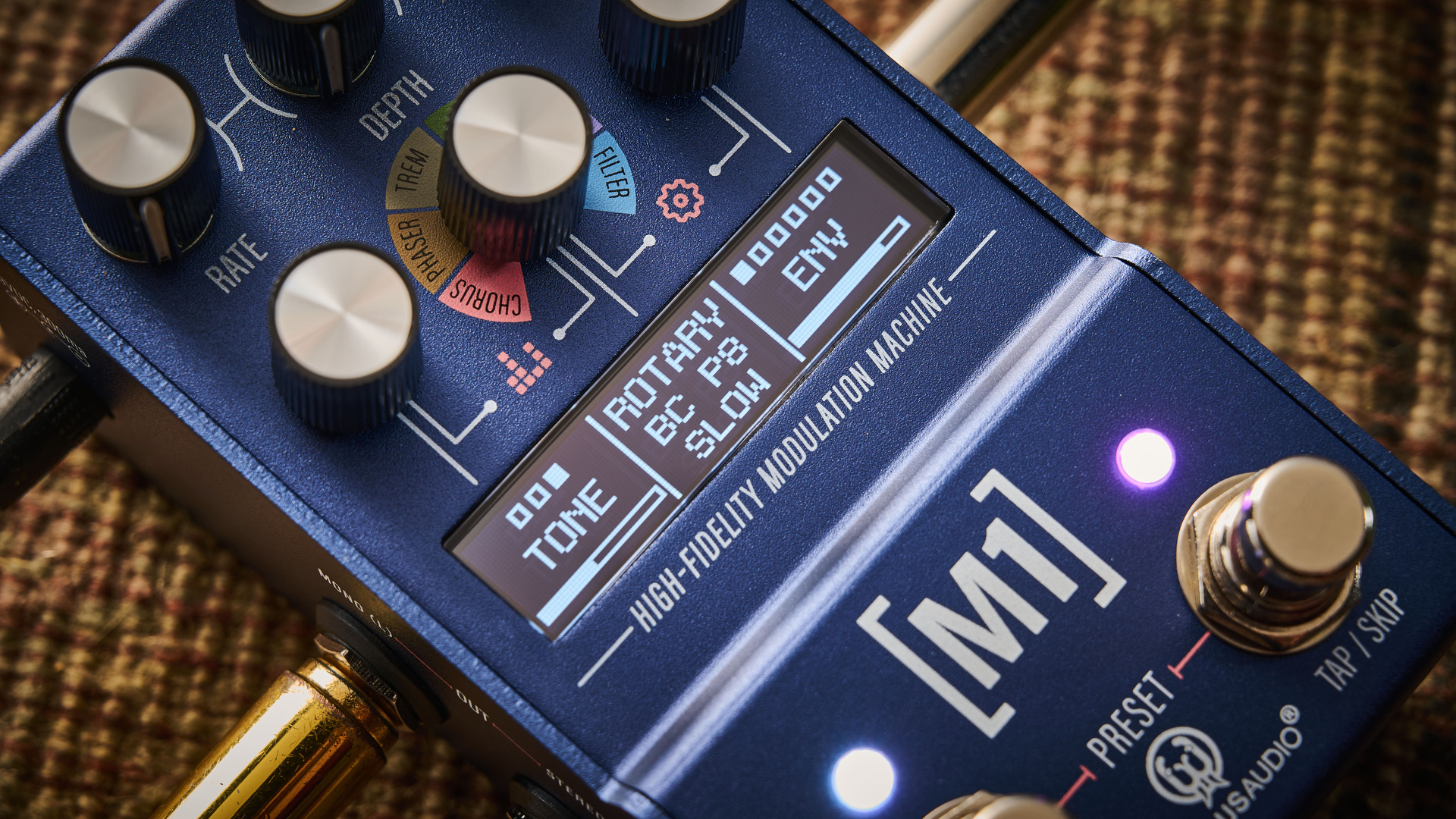
Build quality rating: ★★★★½
The M1 MKII is so well put together that you might expect to read that the unit is water proof to depths of 40 meters. This pedal is super-roadworthy. There’s no space for the graphics on the fascia of the enclosure (there’s a shark on top though), there is room for six knobs, two footswitches and the aforementioned two-inch OLED screen.
There is also a fairly detailed manual online to help you wade through its various features and secret tricks, including an expanded range of Lo-Fi textures you can add to the sound.
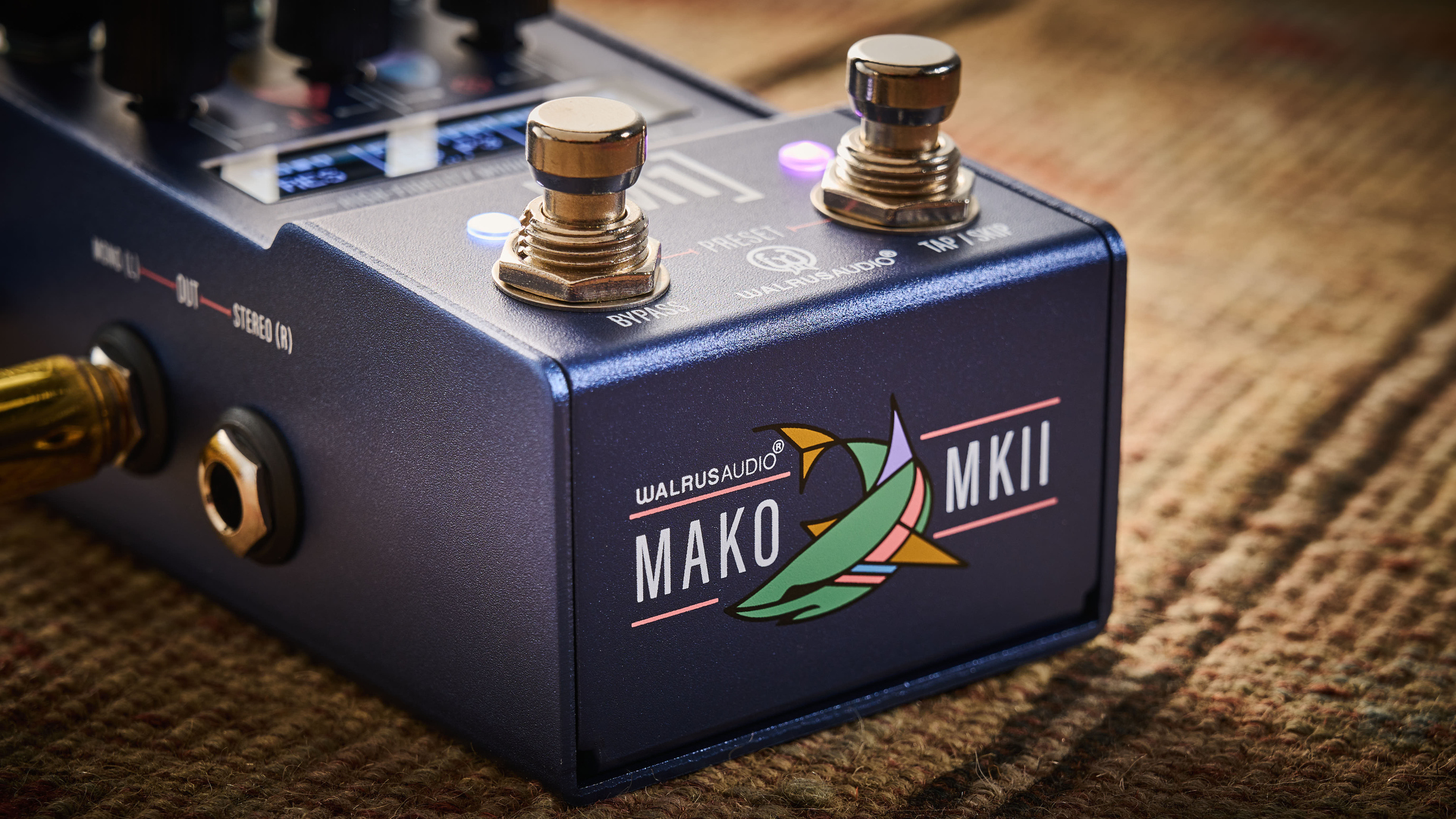
You can run the M1 MKII in mono, as mono in, stereo out, or as stereo in, stereo out. The global settings lets you adjust the brightness on the display, switch between relay and buffered bypass (it’s set as relay by default). There is memory for nine user assignable presets on the unit, and a whopping 128 presets when you hook it up to MIDI.
There are MIDI in and through connections, the former accepting instructions to change presets on the M-1, the latter for sending instructions through downstream to another MIDI-enabled device. There is a USB-C connection for firmware updates, and a power connection. The MK1 MKII draws a minimum of 300mA. Use an isolated pedalboard power supply at 9V and you are good to go, and it is super quiet.
Usability
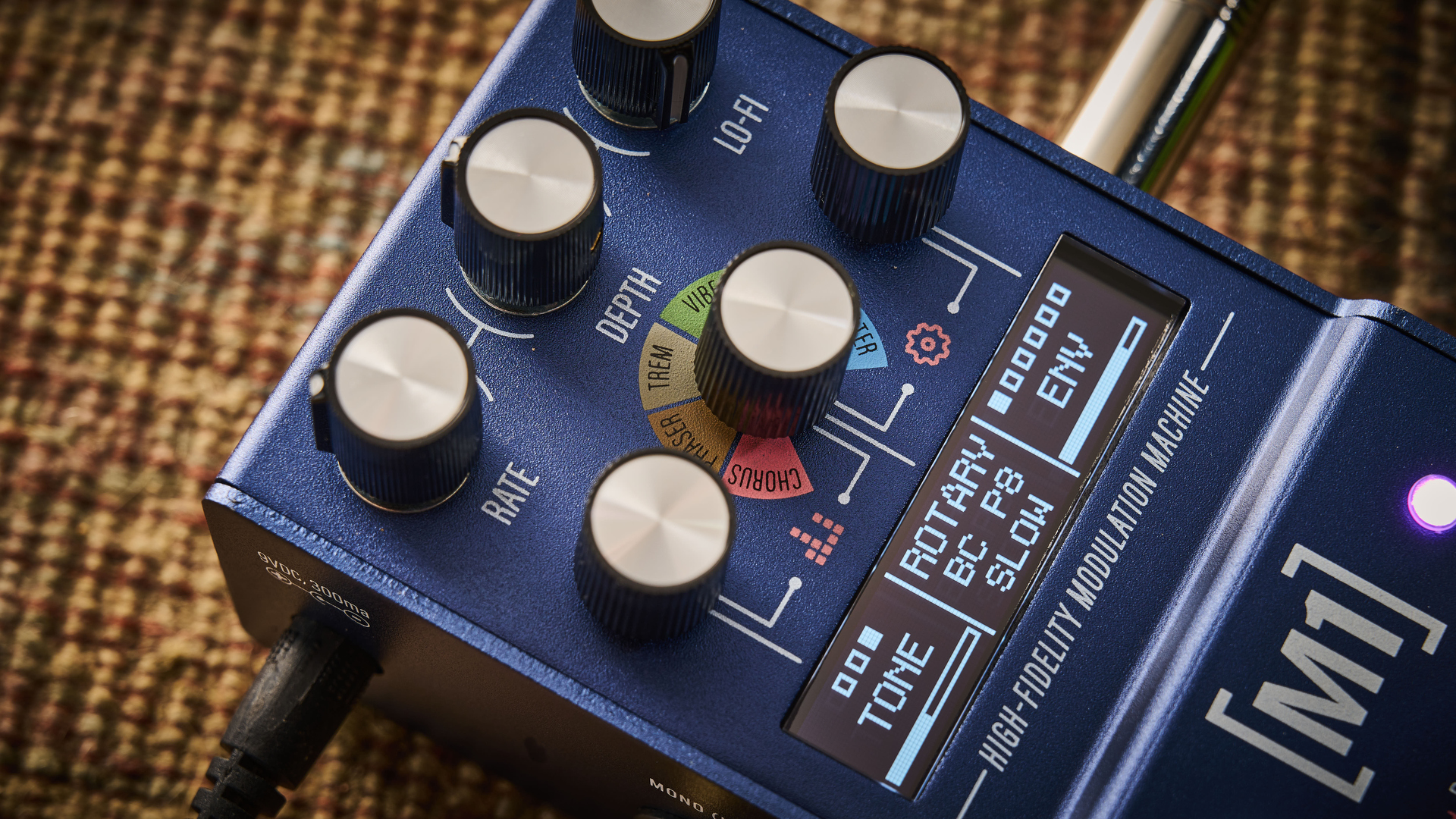
Usability rating: ★★★1/2
Is all this easy to use? Yes, in theory. But in practice it takes some getting used to
You’ll get no argument from me in terms of features; this pedal is stacked. But has Walrus Audio made it easy to get at them? Well, it’s complicated, figuratively and literally.
With a pedal like this there is always going to be a learning curve. It is a culture shock for those more accustomed to a Tube Screamer – three dials and you’re set – or who have hitherto looked to a single-knob phase-shifter for all their modulation needs.
A six-way rotary encoder knob selects your core effect type. It is color-coded, running clockwise through chorus, phaser, tremolo, vibe, rotary and filter effects. This is all very legible during the day, in the studio with the lights on, but you will be relying on the display in a live setting to see which sound you are selecting.
There are two encoder knobs to its left and right. The one on the left selects the three different effect types within each program (e.g. in Chorus you have chorus, tri-chorus and flanger), wave shape (sine, triangle, or square LFO), note division (quarter, quarter note triplet and eighth note, dotted eighth note, and sixteenth note), the tone of the effect and the symmetry of the LFO, allowing you to engineer some weird LFO shapes.
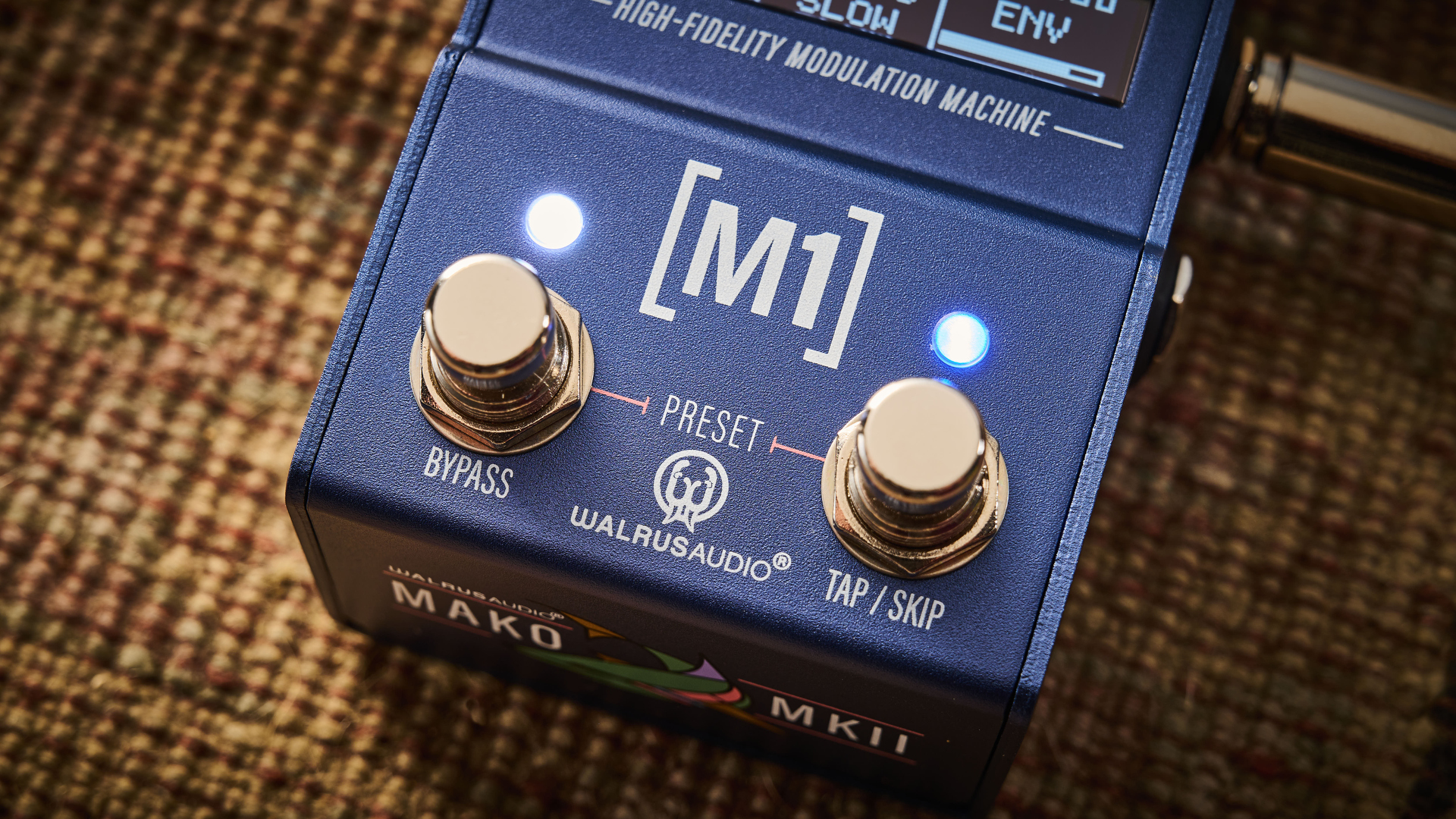
Use the right-hand encoder knob to cycle through the Lo-Fi sounds. You can apply an analog drive, a Lo-Fi Envelope setting that adjusts the tone of the modulation to your picking dynamics. Spaces adds reverb to the modulation.
Age mimics audio players of various vintages by applying various filters to the signal, from pristine state-of-the-art hi-fi to tinny AM radio and the further you turn this up the further back in time you go. Noise introduces vinyl hiss and hum, the sort of effect you can only use on a pedal as quiet as this, while Warble throws the LFO off its axis and makes it “less predictable”.
The Lo-Fi knob controls the mix of these in your sounds. Set it fully counterclockwise and there are no Lo-Fi elements in the signal. And then you’ve got Depth and Rate, your reassuringly familiar old friends for adjusting the amplitude and speed of the LFO. Is all this easy to use? Yes, in theory. But in practice it takes some getting used to.
That time will be well spent if you find the sound you have been searching for, or never knew you were searching for in the first place. Playing live? The very thought of touching those knobs before an audience would give me the howling fantods. On my gigging pedalboard, this would be presets all the way.
Sounds

Sounds rating: ★★★★★
You don’t just get a Leslie rotary speaker emulator, you get three of them
At the top of the page we refer to the M1 MKII as a greatest hits of modulation, but after a few hours with it I think that’s actually doing it a disservice. Yes, it is that. The M1 MKII plays all the hits, especially with (by popular demand), the flanger mode here, and the main modulation food groups are covered.
But there are deep cuts, too. This is modulation: redux. You don’t just get a Leslie rotary speaker emulator, you get three of them, and furthermore, you have the capability to adjust the mic distance, allowing players to experiment with the depth of field and the Doppler effect that makes it such a cool sound in the first place.
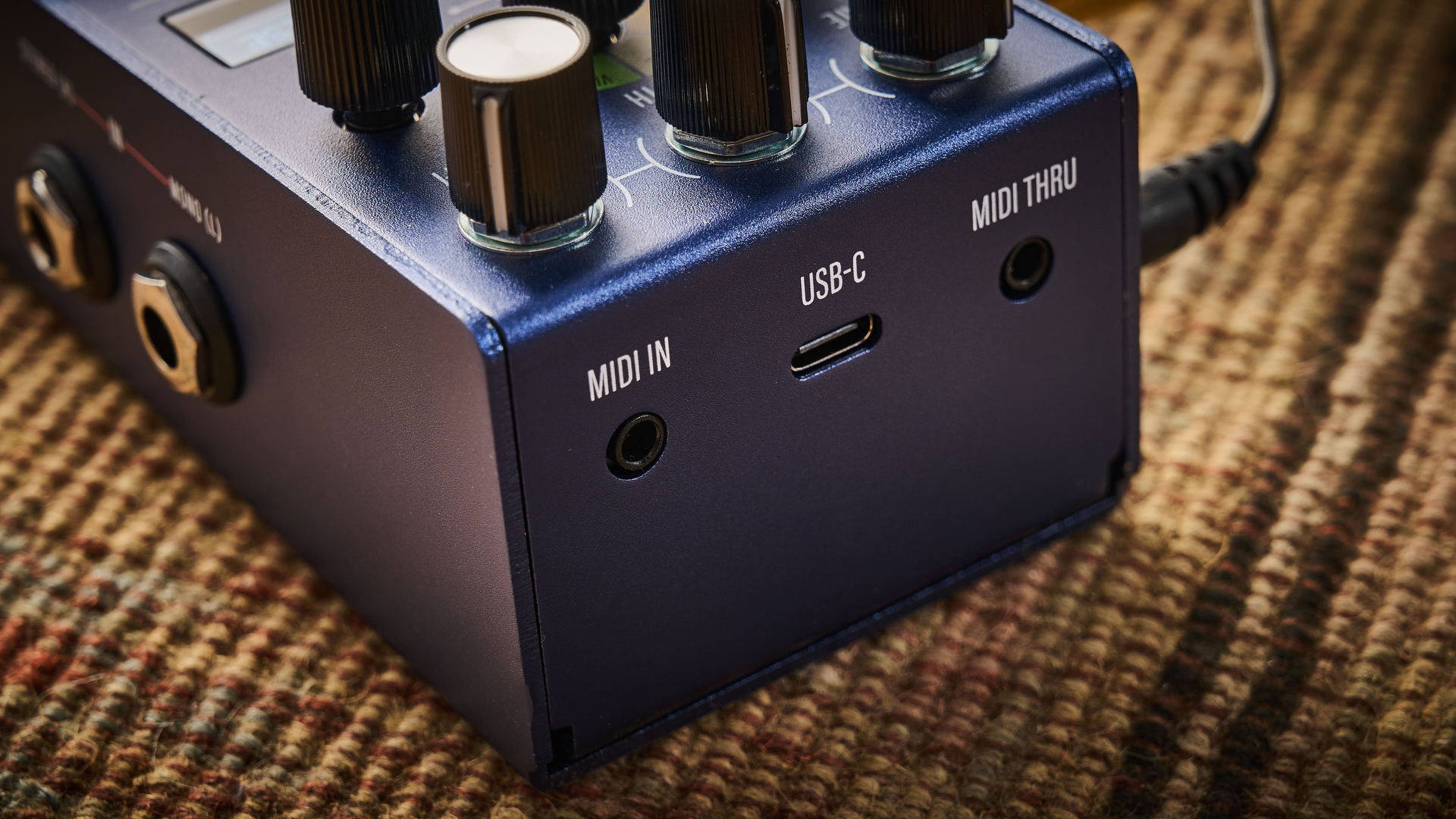
This is as multi-modulation that’s in-tune with our contemporary expectations for options, and lots of them
That’s one rabbit hole, and a fun one for all the Hendrix/Gilmour superfans among us to fall into. There are more. The filter will present funk players with a playground of dynamic modulation options – just adjust envelope speed, release and resonance to taste – but the M1 MKII invites players to try sounds they may have hitherto overlooked.
Those filter sweeps could add some gourmet textures for off-road alt-rock adventures, whatever your musical imagination chances upon.
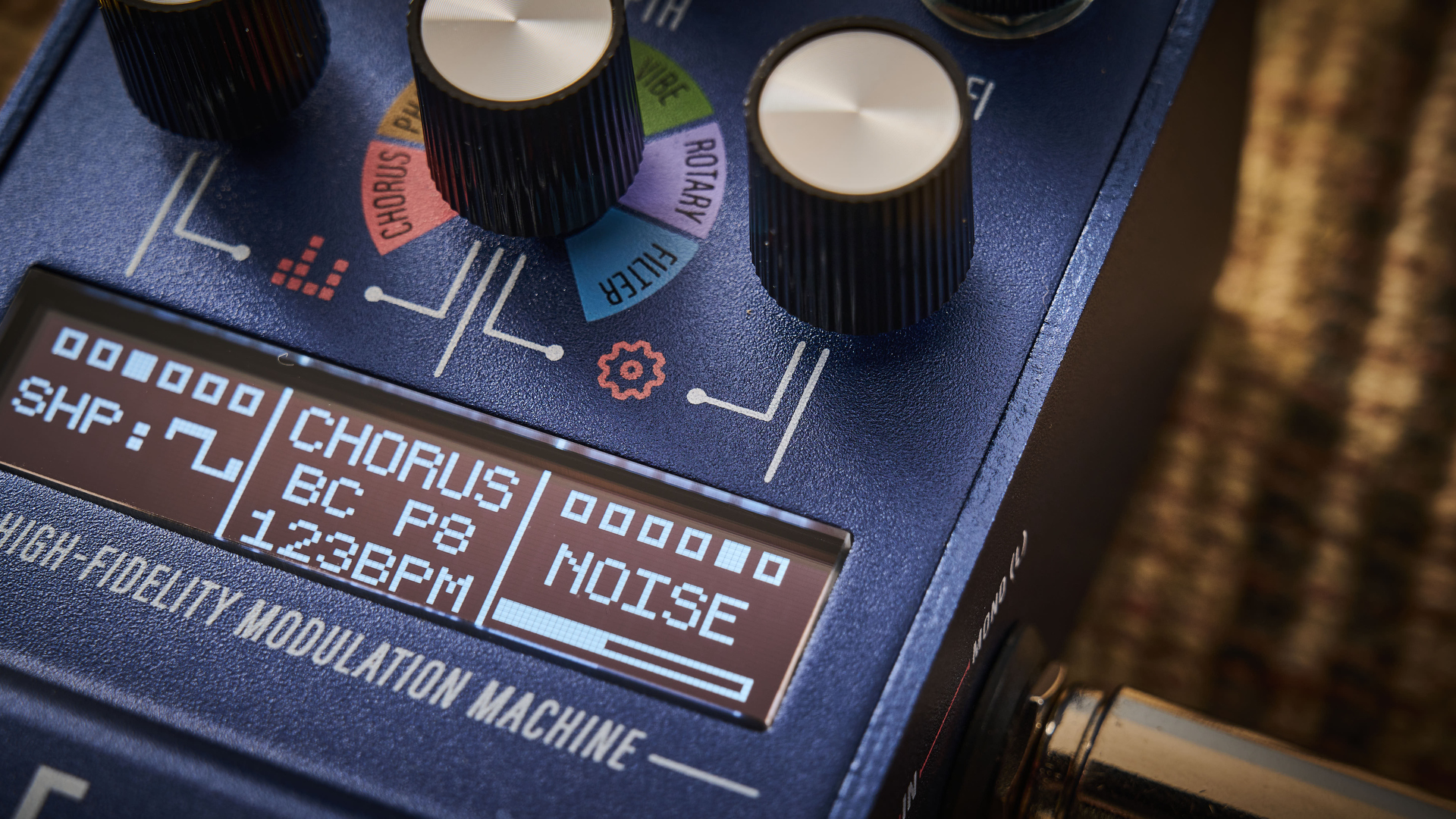
It makes an excellent base camp for exploration. There is an abundance of classic sounds. With a clean tone on a Stratocaster neck pickup, the trichorus is heavy on the ‘80s vibes; peach suits, German sports cars, Toto at the end of the rainbow.
Then it lets you step back a decade, ‘70s swirl, the woosh of flanger or phaser working nicely with some fuzz in the signal chain or drive on your amp, but the Lo-Fi controls let you scuzz up all the pristine sounds until they sound old and used, and in many contexts more musical.

On the face of it, 128 presets would appear generous, almost excessive, until you get started, creating and collecting sounds, and writing around them. The more utilitarian chorus, vibrato, tremolo and phaser effects would be enough for many players, but, with more on tap, the M1 MKII encourages you to use it as an extension of the instrument.
It would be a powerful tool for engineering guitar sounds in the studio. Many guitar parts just sound flat until you give them some movement. You might well find that movement here.
Verdict
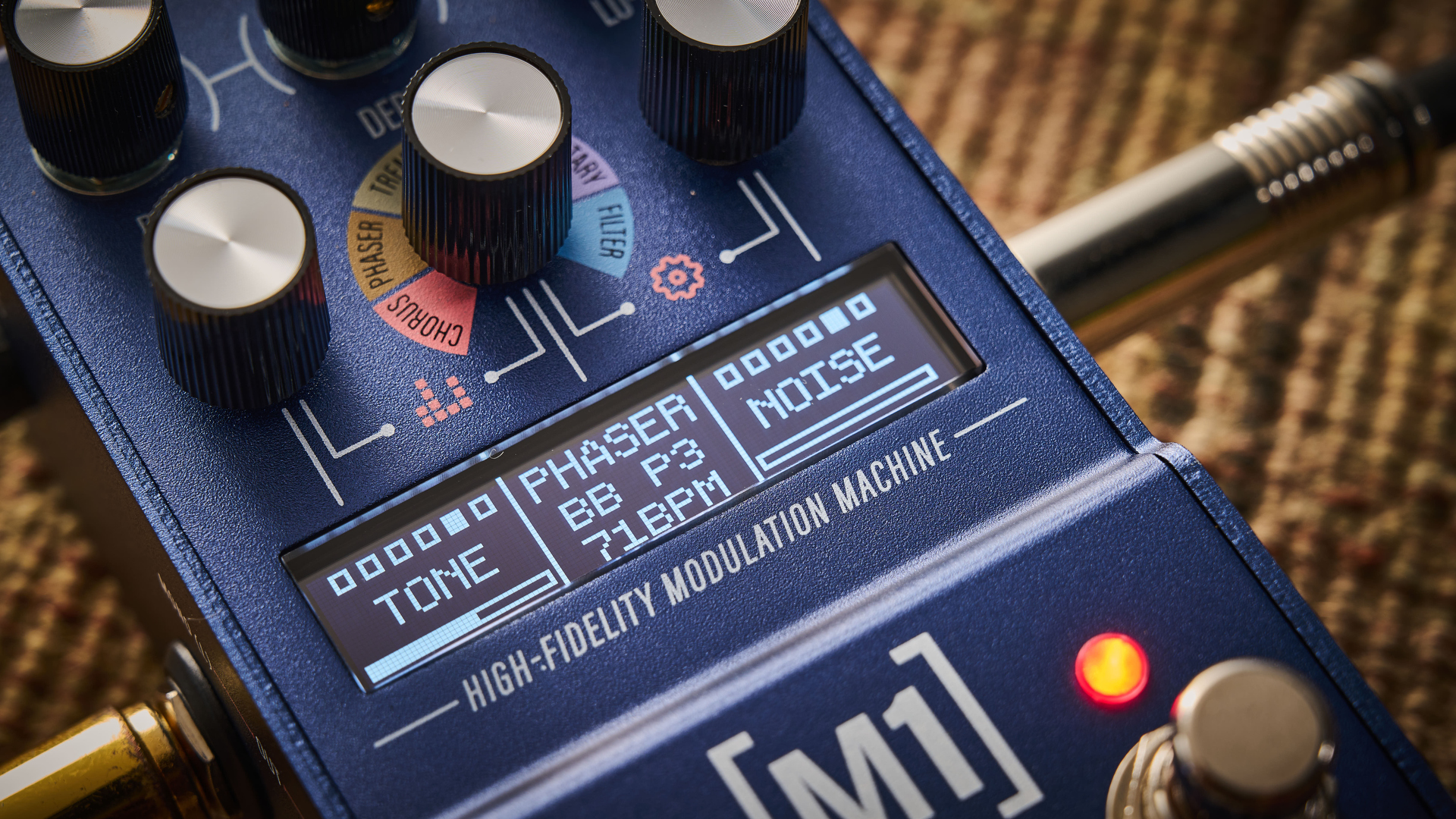
The last time I saw a blue box so transformative (and, okay, at first puzzling too) it was in Mulholland Drive. This compact powerhouse might just change how you think about modulation, challenge what you knew about it, and if that is a thread your musical curiosity is urging you to pull on then the M1 MKII will let you dream bigger.
This compact powerhouse might just change how you think about modulation, challenge what you knew about it
Play around with the wave shapes, add reverb, vintage noise… It begs of you to read the manual then start turning knobs. Give it some time and you’ll find a guitar sound you have never heard before. We need pedals like this.
It is a measure of Walrus Audio’s confidence in the pedal’s high-fidelity performance that it gives us so many options to degrade these sounds, to age them. The pristine studio sheen of a top-tier chorus is there, so too the option to add throaty noise/grit; all kinds of textures.
Guitar World verdict: If you are willing to invest your time in exploring its many features, getting acquainted with encoder knobs, keeping presets in good order, the M1 MKII will reward you in kind with peerless sounds.
Also try
$299/£299/€310
Wampler's flagship modulation pedal features 11 different effect types and while it might not be as compact as the M1 MKII it is still packing a lot of sounds for its size – and it has an expression pedal input.
Read more: Wampler Terraform review
$449/£399/€602
Often overshadowed by the runaway success of Strymon's TimeLine delay and BigSky reverb, the Mobius nevertheless remains an industry standard for pro-quality digital modulation, with 12 superlative algorithms, 200 presets etc.
Read our review: Strymon Mobius review
$1,199/£979/€1,139
Offering all the classic flavors of Boss modulation and then some, the MD-500 has no shortage of selling points, but what could give it the edge is the capacity to run two effects simultaneously.







